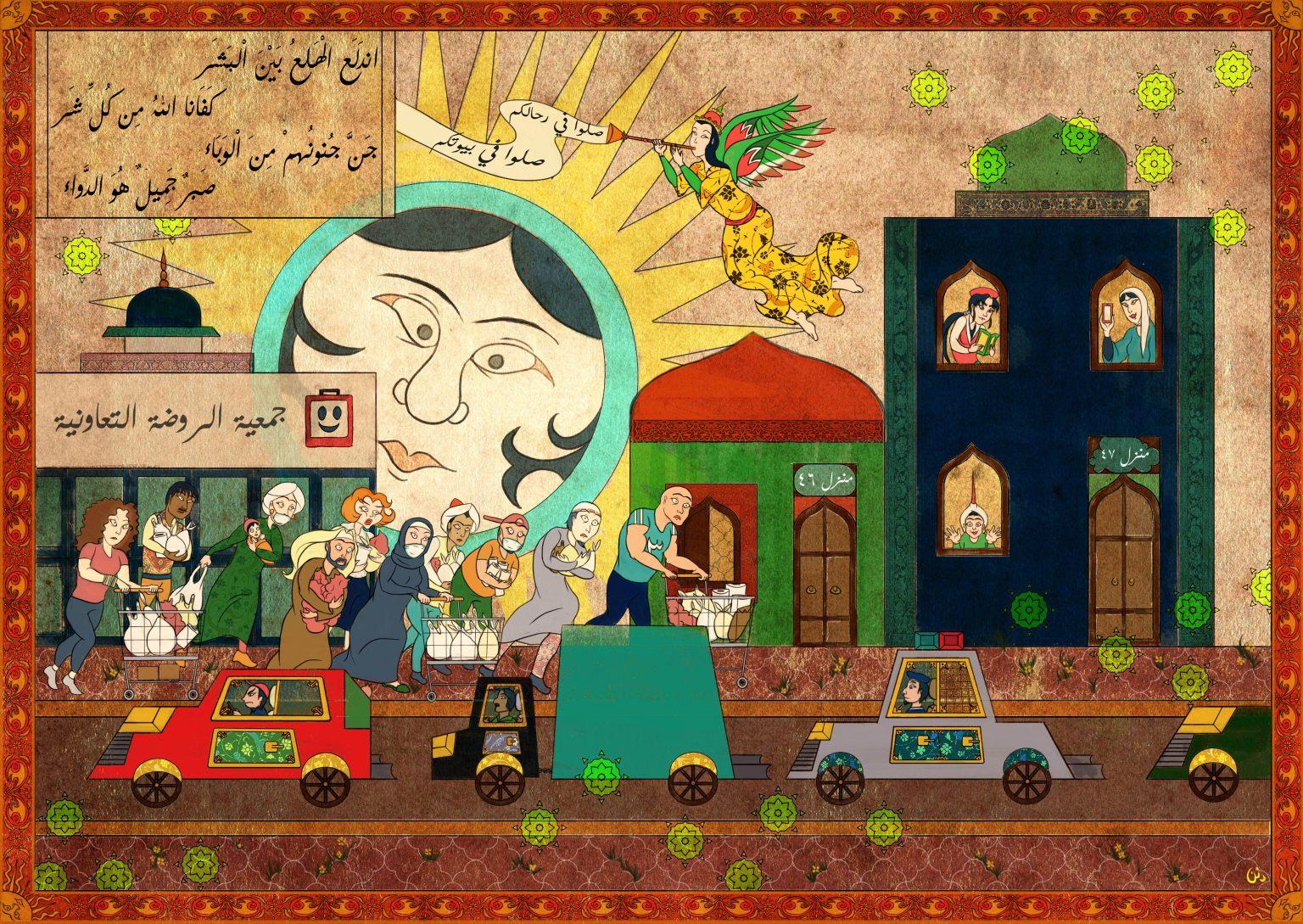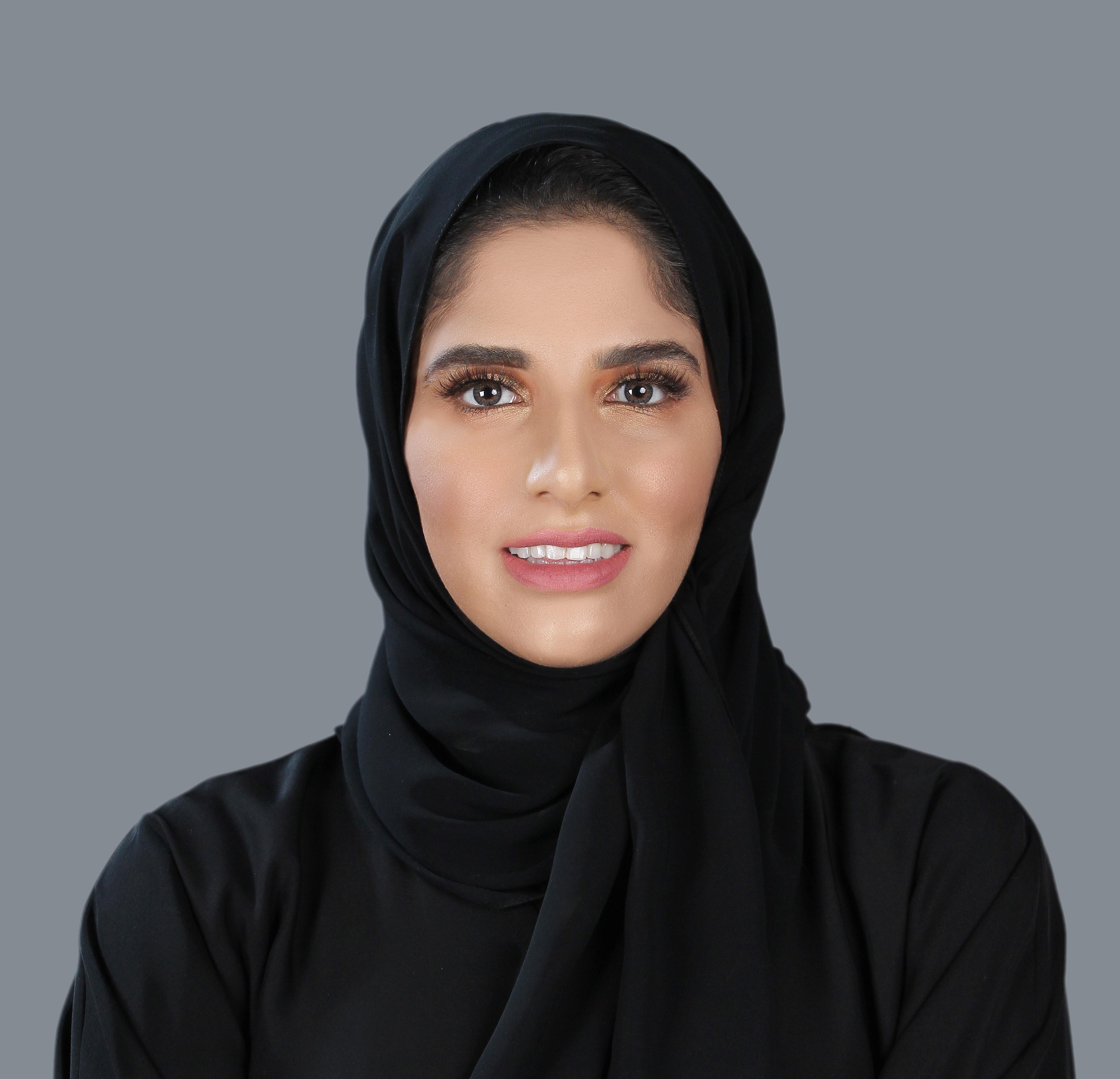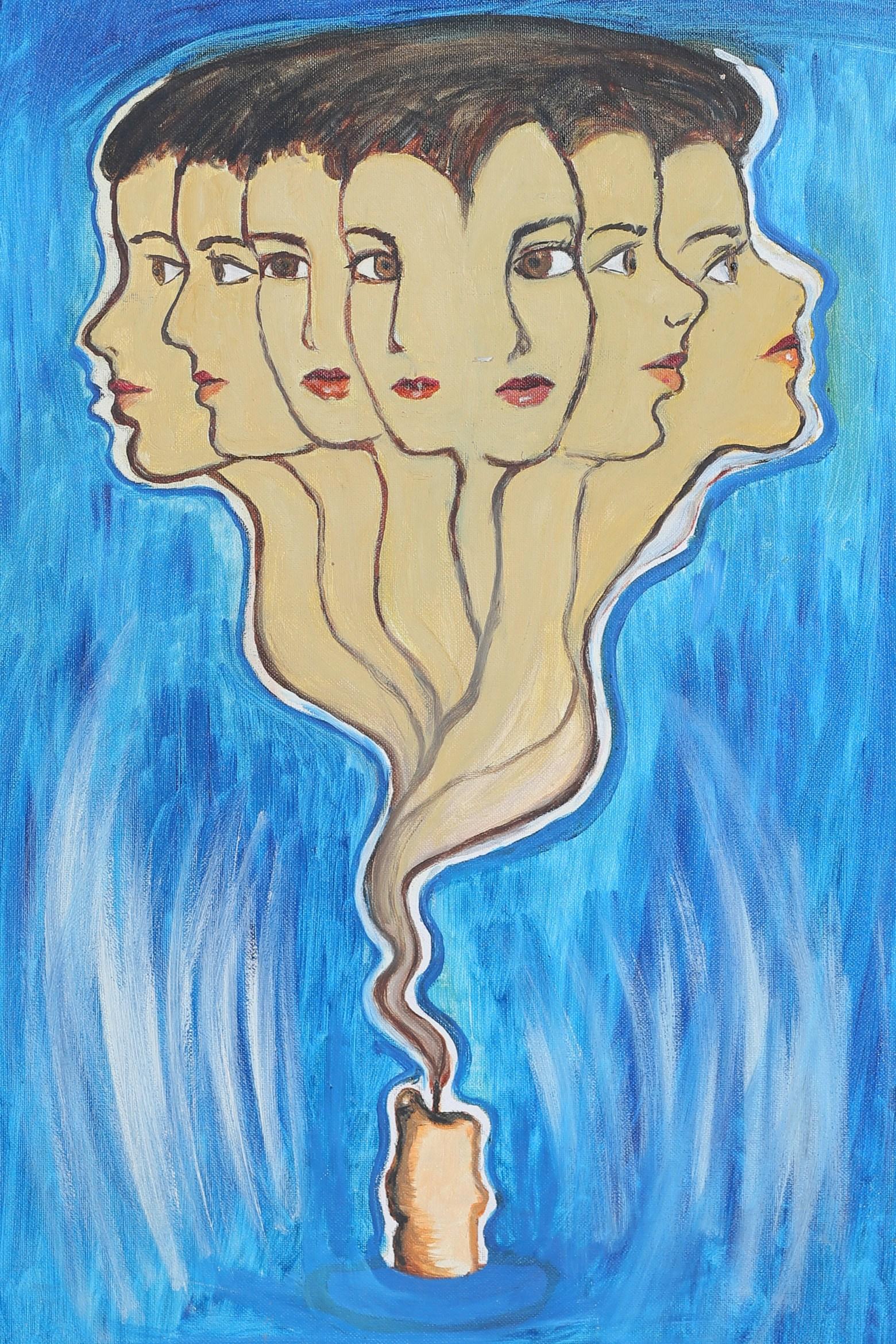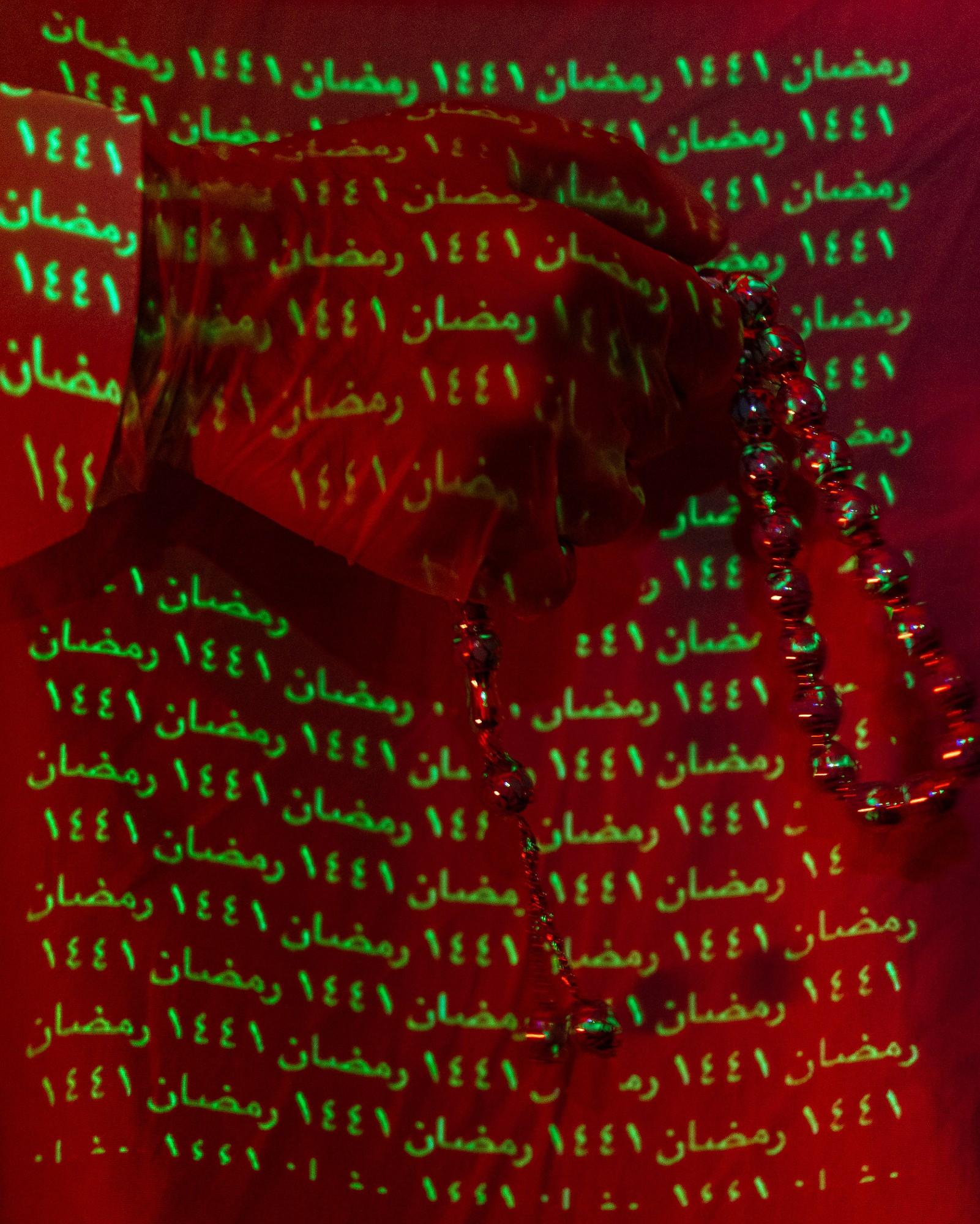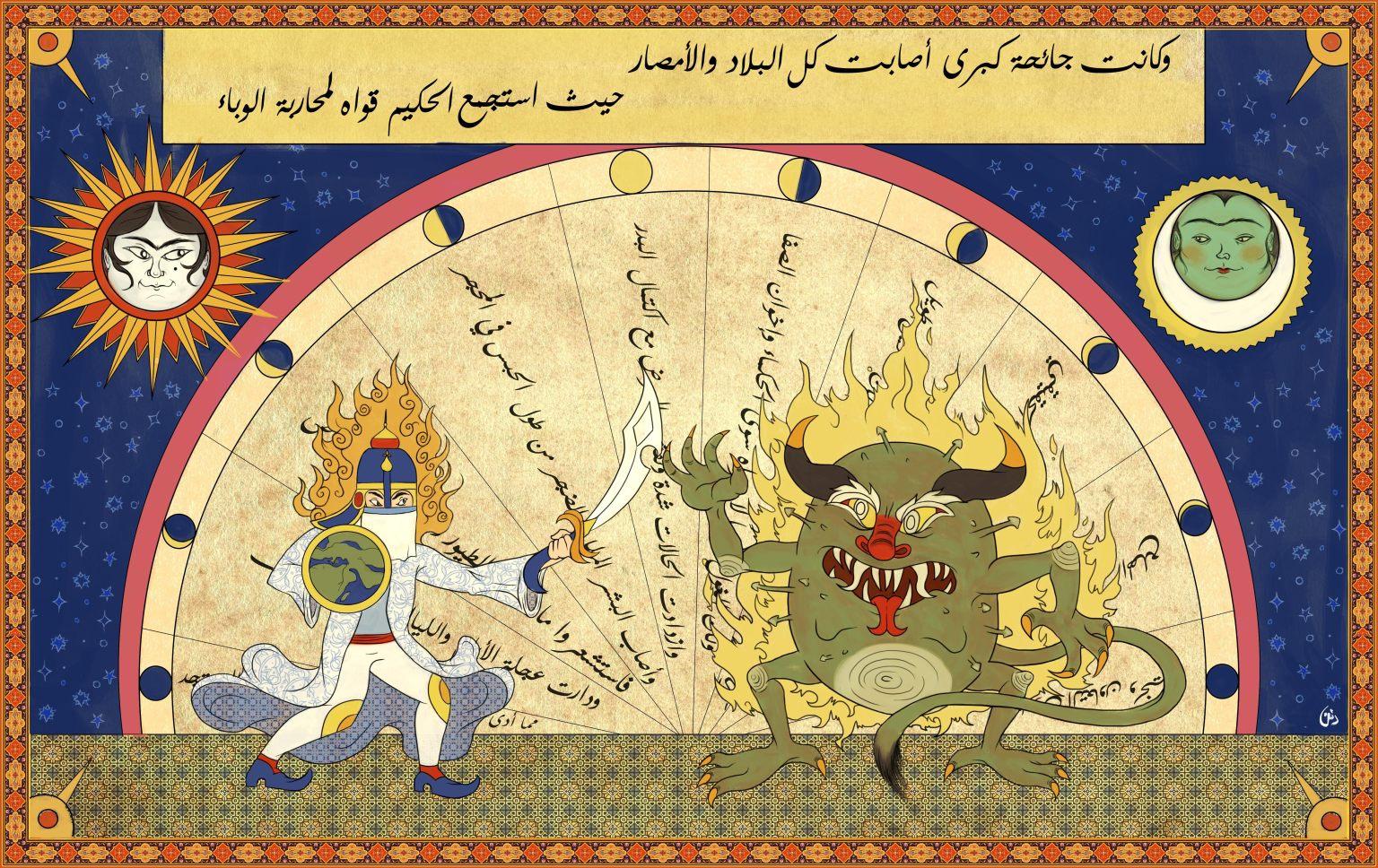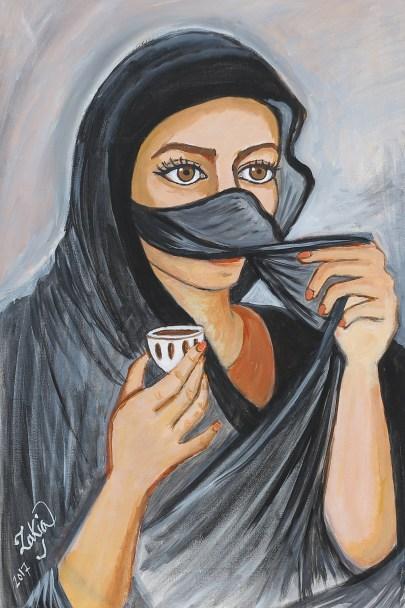You may wonder why we feel strongly about representing more female artists in the media and especially in the arts. From my experience having worked in the media and communication front for ten years now, I know that having more female representation is not only good business but more importantly, it boils down to the importance of authenticity and providing an honest narrative and viewpoint. How authentic would an art experience really be if female artists were underrepresented? Would we really be providing a truthful, thorough art experience if we are underrepresenting female views, artistic expressions, and opinions? Could we really say that this art exhibition or gallery represents what a certain society or a culture expressed or felt if all of the work and viewpoints showcased were those of male artists?
This is not to say that we are increasing the representation of female artists in our museum at the expense of male artists, but to keep in mind that when we do plan for an exhibition that showcases the work of different artists, we make sure that we offer as balanced a viewpoint as possible.
We hope that our humble contribution to increasing the representation of female artists in our region inspires others across different countries and regions to do the same, because only when we offer a more balanced representation of viewpoints are we providing a complete picture.




